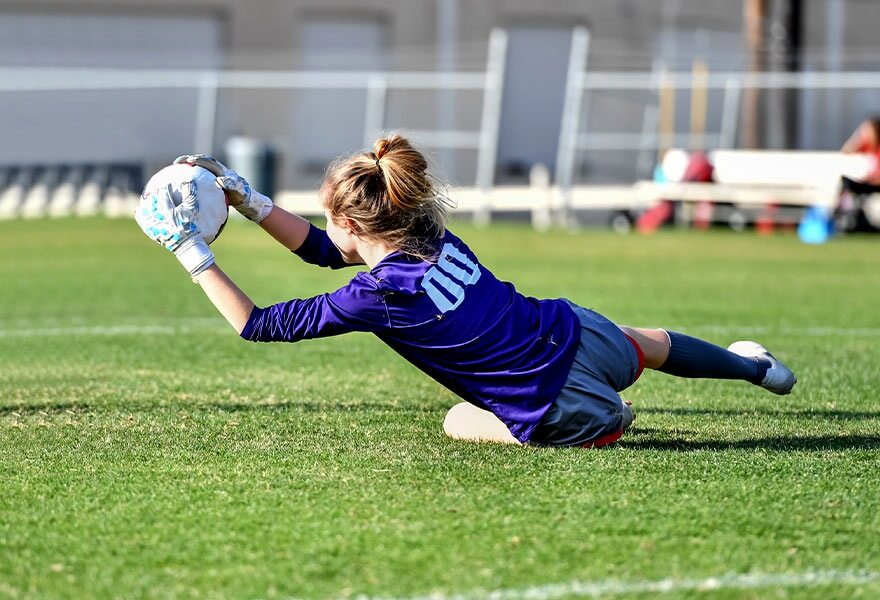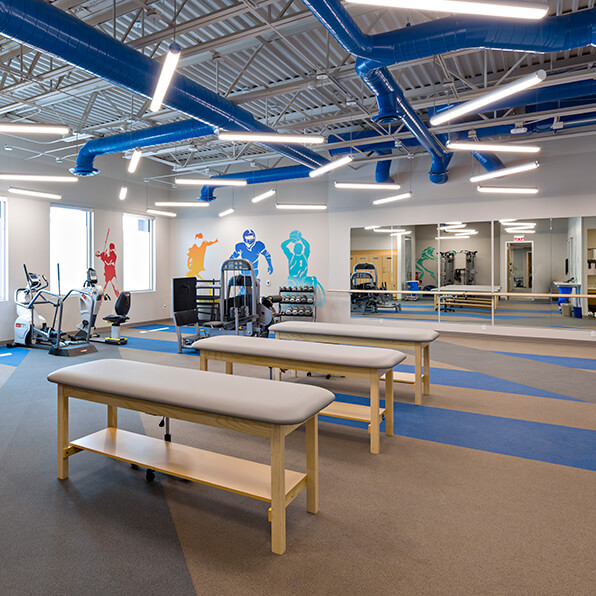DEAR MAYO CLINIC: I am 77 years old and have knee pain that I suspect is a torn meniscus. Is there a chance it will heal on its own with rest? If not, what is involved in the surgical treatment of a meniscal tear?
ANSWER: Maneuvers that forcefully compress and twist or rotate the knee can lead to a torn meniscus, which is cartilage in the knee joint. This cartilage acts like a cushion between the shinbone (tibia) and thighbone (femur). Meniscal tears are among the most common knee injuries. How torn knee cartilage is treated varies considerably. For older adults, treatment decisions can be more complex if osteoarthritis also is present in the affected knee.
Damage to the meniscus may be sudden and severe, as can happen to athletes in competitive contact sports. But common movements, such as kneeling and squatting, also can cause damage.
On the flip side, tears may go unnoticed, developing over time from regular joint wear that occurs naturally. Among older adults, wearing down of the meniscus is part of degenerative arthritis that may affect the rest of the aging knee. These changes in the meniscus are best called “wear and tear,” since they often don’t result from a single injury and may have no symptoms.
Pain from an actual meniscus injury can vary. The signs and symptoms of a meniscal tear may include a popping sensation when moving the knee, swelling or stiffness, pain (especially when rotating your knee) and possible difficulty fully straightening your knee.
Any knee pain or swelling — whether unexplained or due to injury — should be evaluated by your physician. A torn meniscus can often be identified during a physical exam. However, if you also have degenerative changes in the joint related to osteoarthritis, determining what might be the actual cause of the knee pain or malfunction can be more challenging. Both the meniscus and arthritis can cause pain.
Imaging studies may include X-rays, which can show some changes that might be related to osteoarthritis. If the X-rays do not suggest significant arthritis and the physical examination indicates you may have a meniscus tear, magnetic resonance imaging (MRI) will likely be done to get a clearer picture of the meniscus and the rest of the knee joint. But MRI is best done only when there are significant symptoms. In the absence of symptoms, MRI scans could lead to costly and ineffective treatment.
Whenever possible, non-operative, conservative measures are generally considered the first line of treatment when there are symptoms of meniscal problems. This involves resting your knee by avoiding activities that put pressure on the joint or twist it and cause pain, such as squatting, kneeling and repetitive bending of your knee. Along with rest, ice can help reduce pain and swelling. A nonprescription pain reliever also may help ease knee pain.
Once pain is diminished, the next step is typically physical therapy to strengthen the muscles around your knee and in your legs. Research has shown that improving muscle support around the knee helps to reduce pain with many knee wear and tear problems. Physical therapy is supplemented by home exercises. In addition, an injection of cortisone into the knee may help relieve inflammation and pain, which can make the therapy and exercise treatment more effective. If non-operative treatment fails and your knee remains significantly painful, your doctor may recommend surgery.
Arthroscopic knee surgery is a common orthopedic procedure that’s done through tiny incisions around your knee. The arthroscope contains a light and small camera that allows your surgeon to clearly view the inside of your knee on a monitor. Small surgical tools to remove portions of or repair meniscal cartilage are inserted through these tiny incisions. This is considered an outpatient surgical procedure, which means you will go home the same day, although full recovery may take weeks or months. You’ll be given exercises designed to help restore motion and strengthen the muscles of your knee and leg.
It’s important to mention that if osteoarthritis also is present in the affected knee and the meniscal problem is due to wear and tear, surgical treatment may not provide the kind of pain relief or return to better joint function normally expected with arthroscopic surgery. Be sure to see your doctor to determine the cause of your knee pain and to come up with a treatment plan that best meets your needs.
— Orthopedics and Sports Medicine Team, Mayo Clinic, Rochester, Minn.
Originally posted on the Mayo Clinic News Network.






